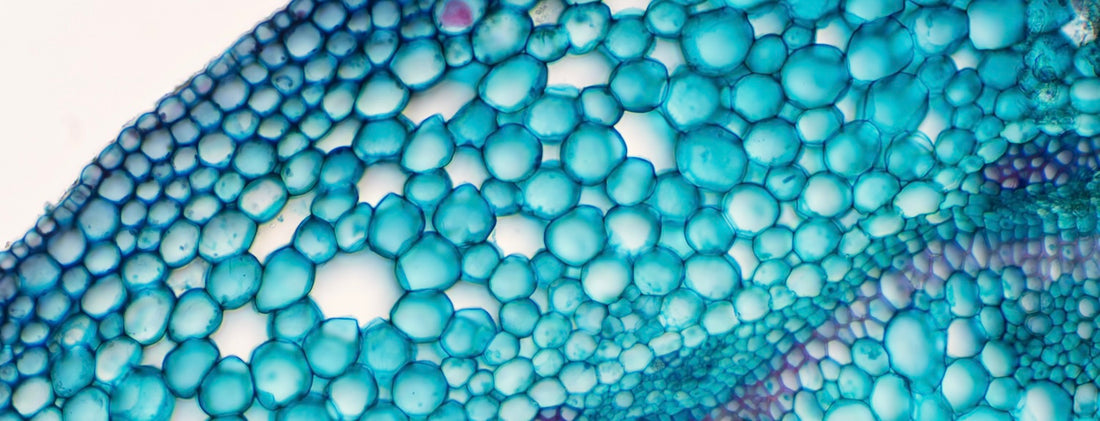Have you ever wondered the mechanism behind how plants drink and eat?
This tutorial is aimed to teach the basic mode of action.
Translocation is the movement of materials from one part of the plant to another.
So how does translocation work internally? 
Image Credit: Fuse School
Flushing is an excellent example; When flushing mature plants, the much-needed elements remaining in plant tissues, are now being shifted from the oldest parts of the plant to the newest, (See nutrient mobility) until all elements have been depleted, whilst this is going on you will see a visual of the leaves rapidly losing chlorophyll pigment and expressing others known as carotenoids and anthocyanins. (which are flavonoids)
Xylem, moves Water and food from the root zone through the plant and to the leaves.
Xylem vessels are made up of elongated dense cells that are impermeable to water and have walls containing lignin, a woody material.
Phloem, moves sucrose generated via photosynthesis to the rest of the plant in conjunction with the supply of amino acids.
Phloem vessels are made up of living cells and they transport sucrose & amino acids up and down the plant.

Image Credit: FS - Xylem & Phloem are found in groups called vascular bundles.
Transpiration, what is it?
Transpiration is the evaporation of water in plants, plants transpire primarily at the leaf site, the leaf stomata are opening and closing for the passage of CO2 (Carbon Dioxide) and O2 (Oxygen) during photosynthesis. When a plant is over-transpiring, the stomata closes as a way of reducing transpiration.
So, in a nutshell transpiration is a plants way of maintaining internal temperature.
The higher the SVP (Saturation vapour pressure) the less plants will transpire, this is simply because the humidity is high, if humidity is too low then the plant will to transpire until the ideal SVP is achieved. If the humidity stays too high the plant will lose turgor and become limp.
The ideal (RH) humidity % for plants:
- Germination - 76-100%
- Vegetation - 60-65%
- Flower – 50-56%
Usually when any grower is starting from scratch the majority do not have the luxury of climate control and are reliant on ambient conditions. So growing in a grow tent or room from seed always present the same issue, we have no bio-mass within the environment, and for young seedlings this is critical timing, if nothing is corrected within the environment the plants leaflets will ‘canoe’ or curl inwards due to them over transpiring to achieve the correct SVP.
This is quite an interesting topic to leave open for the comments, my explanation is quite basic so if more complex detail is needed for whatever reason, please comment below.





